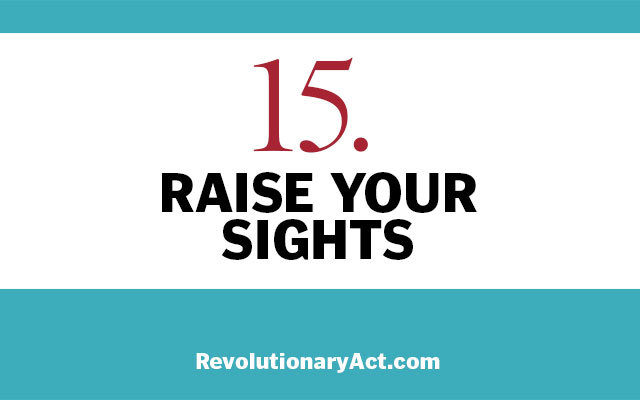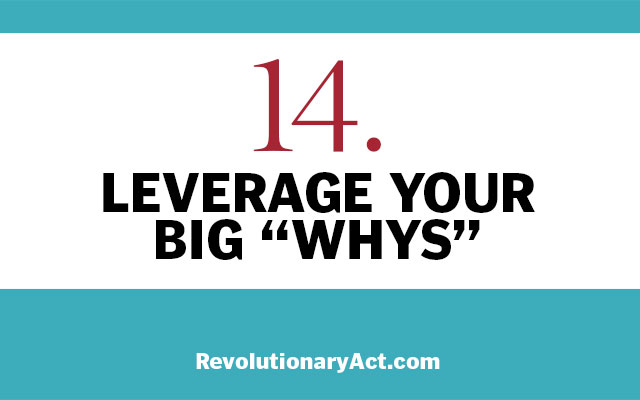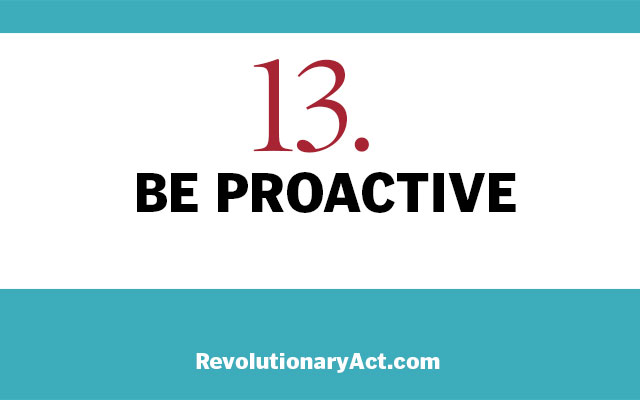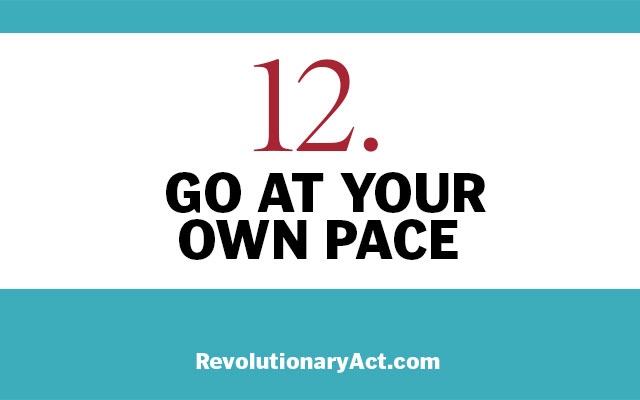Too often, when we set out to establish an ideal-body vision for ourselves, we wind up with an image of somebody else’s body in our mental viewfinder.
It may not even be one particular body we’re fixating on. Just as likely, we assemble a mental montage of all the admirable physical features we’ve seen wandering around, and say: That. That’s what I want to look like.
We’re constantly judging our own body against an ideal that may bear little or no relationship to our own physical reality, much less our larger life goals and priorities.
For many women, it’s about chasing the images we’ve seen presented in magazines and on TV, or that we were confronted with as girls during our Barbie doll years: leggy, slender frames on which a flat abdomen, tiny waist, and whole array of other precisely shaped features have been arranged just so.
But men aren’t immune, either. They may be chasing the shredded physiques of fitness models and movie stars, NFL football players, or even the injection-molded bodies of their action-figure heroes.
Ostensibly, this body idolatry is supposed to inspire us, motivate us, connect us to our own higher goals. But more often, it produces a sort of low-grade, demotivating misery that can persist for decades, even entire lifetimes.
And the really sad part is, far from serving as any practical aspirational fodder, our “I-want-THAT-body” obsessions often work directly against our respect and appreciation for the very real bodies in our possession.
The challenge is, by the time we are adults, most of us have been consciously or unconsciously hating on our own bodies for a very long time. Our neurological wiring has been formed around a powerful negative feedback loop:
Look outside for desirable body models; look in the mirror and find something to dislike or loathe; feel a surge of shame, anger, grief, or hopelessness; disconnect from self; treat self poorly and feel more miserable and alienated in own body; look outside for desirable body models; and so on.
My own “compare the bodies” game started in grade school. I was a pretty healthy, fit kid, but I was also kind of small for my age, and I was a late bloomer. When other girls started developing and looking like young women, I felt left behind, inadequate, stunted, and self-conscious.
So at some point, I started asking the question that too many of us never stop asking: Why can’t I look like that?
The funny thing is, even people who appear to have the body type considered “ideal” by society at any given time — people who were graced with certain proportions, or who have worked very hard to achieve them (sometimes by surgical or self-destructive means) — are quite likely to suffer from this same tendency.
Being happy with the body we have just isn’t something we’re taught how to do. Think about it: How many of us learned from our parents and other adult role models to say kind things about our own bodies? And the media environment we live in today only makes it harder.
I canvassed a few of my friends last week, asking them, “Do you remember when you started comparing your body with other people’s bodies?” Most of them (women and men alike) named an age between 7 and 10.
So it makes perfect sense that by the time we reach maturity, we’re adept and automatic in our assessments of the body parts we like, dislike, desire, admire, envy, or wish we could trade away. It’s an ingrained, and often only semiconscious, frame of mind.
I could say a lot about this — both from personal experience and from sociological observation and journalistic study. But since there’s another Revolutionary Act — No. 59: “Get Past Body Envy” — that addresses parts of this dynamic (and its antidotes) in more depth, I’ll focus here on the essential message of Revolutionary Act No. 15: “Raise Your Sights,” which is about establishing an inspiring, achievable vision not just for your own best body, but for your own best life.
To that end, I think it helps to grok three important truths.
1. Genes dictate a lot about your skeletal frame and general proportions. Your bones are your bones. They are never going to be Angelina Jolie’s bones or Brad Pitt’s bones. This is a good thing. Decide to love the body you are in. It’s the perfect body for you in this lifetime, and both its present and future state ride on your willingness to love and respect it precisely as it is, even as you strive to make it better. Which brings us to truth No. 2 . . .
2. Your level of health and fitness is largely up to you. Yes, a serious illness, trauma, or infirmity can present real limitations, but even within those limitations, virtually any body can be radically transformed by an optimal nutrition, exercise, and lifestyle program — for as long as you’re willing (or able) to pursue that program. Which brings us to truth No. 3 . . .
3. Ultimately, your body reflects your life: those habits, practices, patterns, and perspectives that you embrace day in, day out, for months and years at a time. And your life reflects your state of mind. As minds get healthier, lives get healthier. As lives get healthier, bodies get healthier. And as bodies get healthier, they get dramatically more beautiful.
There’s no reason not to pursue the best body that’s available to you. The healthier, fitter, and more resilient you are, the more energy and confidence you will have to bring to your other pursuits, including the evolution of an extraordinary life, one that reflects your highest values and priorities.
But jonesing after some random idealized body (particularly one that isn’t yours) is rarely the best way to get there. On the contrary, it’s one of the fastest ways to start undermining your quality of life, and by extension, your opportunity to enjoy the very best body that is available to you — right now, and in this lifetime.
The way I see it, a given person’s “best body” reflects not just their personal health and fitness aspirations, but other life priorities of the moment. If you have a big job and a growing family and a lot of other things going on, your “ideal body” may be different than the “ideal body” you have while aggressively training for a figure competition, a ballet performance, or a leading role in a Hollywood film.
Then again, it might not. Only you can know what your life priorities and body will bear. Only you can decide what makes you happy. Generally, though, if you want to be healthier, leaner, and fitter, prepare to design a life in which you put more attention on that, and dedicate more time and resources to your nutrition, activity, sleep, recovery, and general well-being.
Meanwhile, try this: Act like you already have your best body. From the moment you wake up, bathe it, feed it, dress it, and move it like it’s the body you always dreamed of having. Sit, stand, and walk like you are already living in your ideal body, and soon, you’ll find that reality is a whole lot closer than you might have believed.
Revolutionary Reading
“The Can-Do Fitness Plan” — An inquiry-based self-coaching process to help you design an activity plan that suits you and your bigger best-body goals.
“Build a Better Body Image” — Unhappy with your hips? Dissatisfied with your derrière? Here’s how to replace body envy with self-confidence.
“Overcome Your Upper Limits” — Celebrated psychologist Gay Hendricks, PhD, on getting past our self-imposed stumbling blocks to greater happiness.
“Real Bodies in a Virtual World” — The Web is full of opportunities for self-comparison — and self-judgment. Learn how to safeguard your body image.




This Post Has 0 Comments